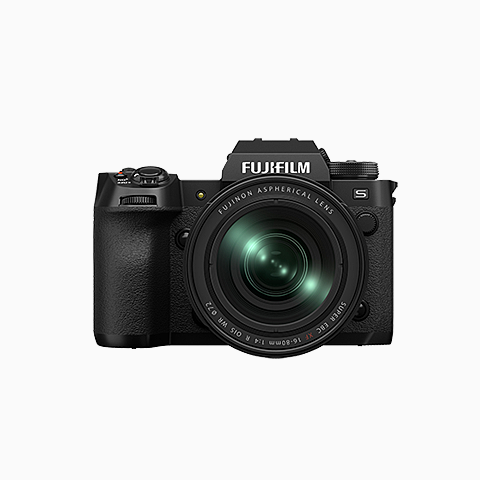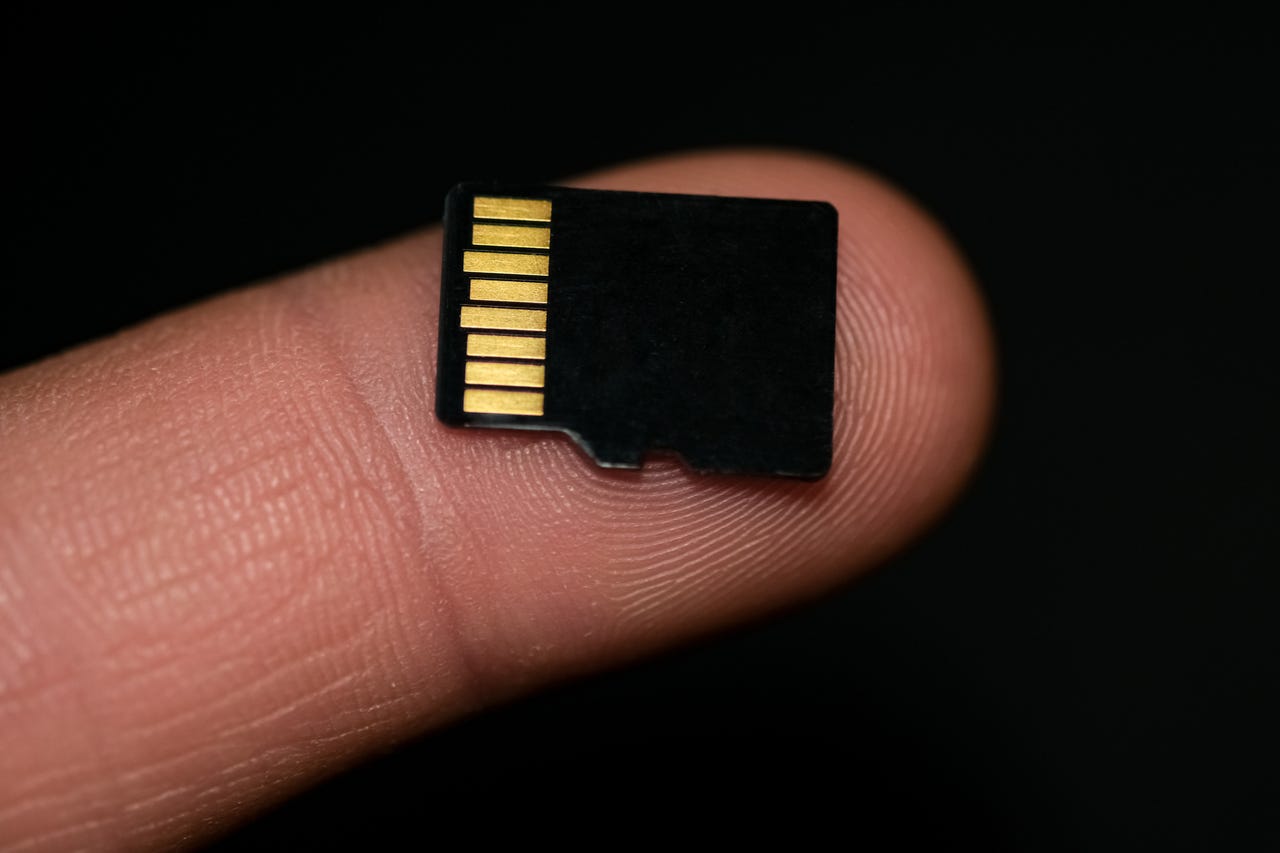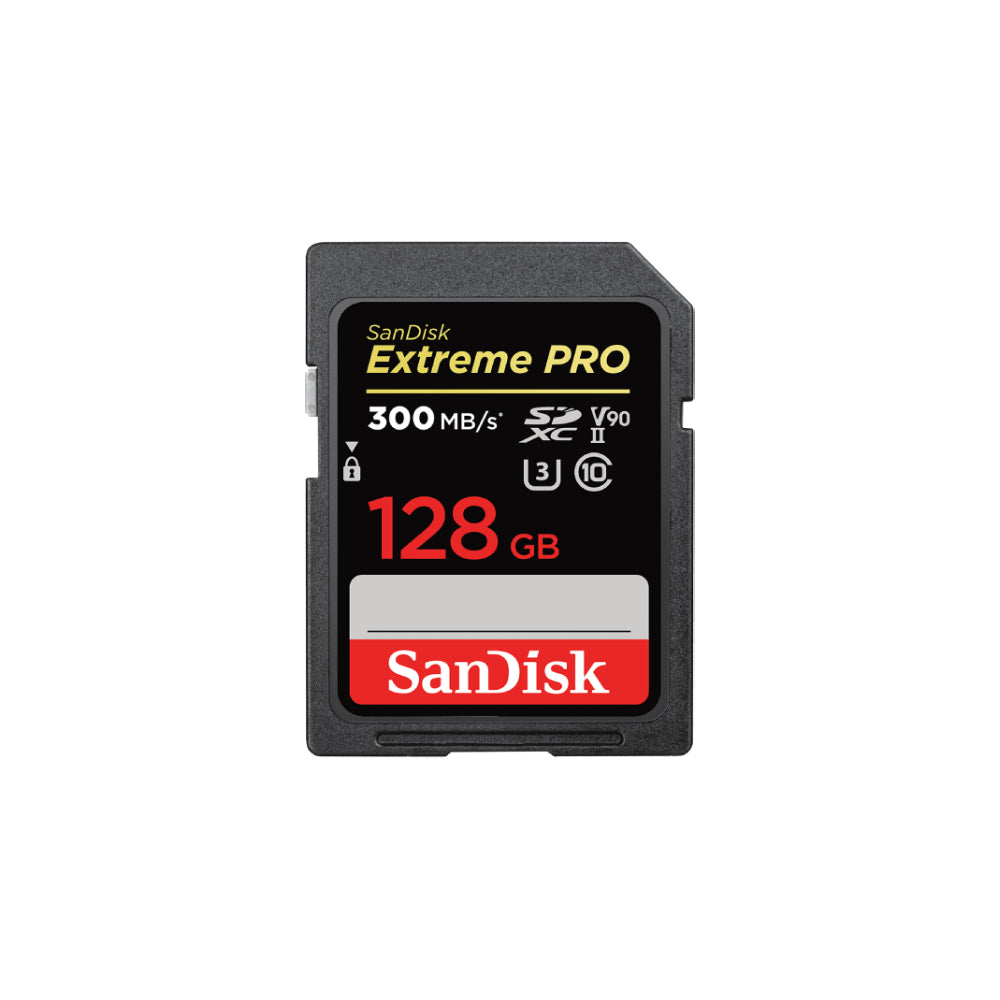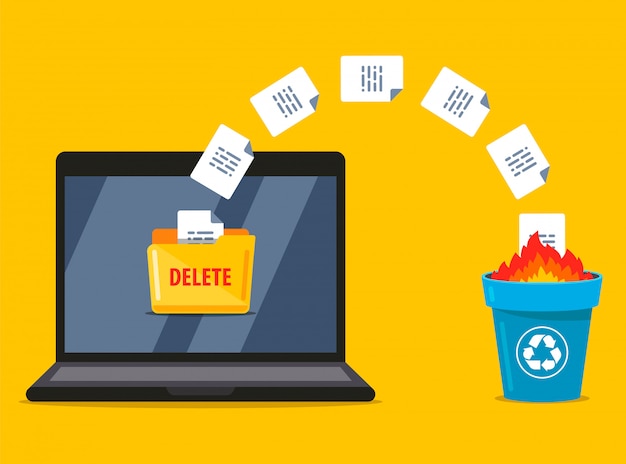
## Introduction to SD card data recovery
Data is the lifeblood of our digital age. From precious family photos to important business documents, we store vast amounts of data on tiny, portable SD cards. But what happens when disaster strikes, and we lose that critical data? This is where SD card data recovery comes into play. It’s a process that involves salvaging inaccessible, lost, corrupted, or formatted data from the SD card.
Data recovery can be a complex process, especially if the files have been overwritten. But don’t panic; overwritten doesn’t always mean gone forever. With the right knowledge and tools, you can often retrieve and restore these files.
We live in an era where digital data has become irreplaceable. If a physical item gets lost, you can usually replace it. But if a digital file gets lost, the loss can be permanent, which makes SD card data recovery a crucial skill to have in our digital world.
Understanding how files get overwritten
Before we delve into data recovery, it’s important to understand how files get overwritten. When you delete a file, the system doesn’t immediately wipe it off the SD card. Instead, it simply marks the space the file occupied as available for use. If no new data is written on the card, the deleted file remains recoverable.
However, when you save new data onto the card, there’s a chance it could occupy the space of the deleted file, thus overwriting it. Once a file is overwritten, it becomes much more complicated to recover. But don’t lose hope; it’s not always impossible, especially if you act quickly.
The importance of quick action in data recovery
Speed is of the essence when it comes to data recovery. The sooner you attempt to recover your lost files, the better your chances of success. This is because, as we mentioned earlier, deleted files aren’t instantly erased. They’re hidden and marked as replaceable by new data.
If you continue using the SD card after data loss, you risk overwriting the lost files with new data. This is why it’s crucial to stop using the card immediately after you notice the data loss. The less activity on the card, the higher the chances of a successful recovery.
In the event of data loss, your first step should always be to stop using the SD card. Then, initiate the recovery process as quickly as possible. Remember, time is your most valuable ally in data recovery.
How to prevent data loss on SD cards
Prevention is always better than cure. While SD card data recovery is possible, it’s always best to avoid data loss in the first place. The first step to prevent data loss is to handle your SD card with care. Avoid exposing it to physical damage and extreme weather conditions.
Always safely eject your SD card from the device before removal. This prevents data corruption that can occur if the card is removed while data is being written or read.
Another crucial prevention tip is to regularly back up your data. This ensures that even if you lose data on your SD card, you have a backup available. Remember, the cost of data loss can be immense, so taking preventative measures is always a worthwhile investment.
Tools and software for SD card data recovery
Many tools and software can aid in SD card data recovery. However, not all are created equal. Some might recover photos but not video files, while others might not be able to retrieve overwritten data.
Among these, RecoveryMaster stands out as the best data recovery software for Windows and Mac. It can recover lost or deleted photos, videos, and over 1000 other file types from various devices, including HDD, USB, SD Cards, and crashed computers.
RecoveryMaster makes data recovery accessible to everyone, regardless of their tech knowledge. With a few clicks, you can scan, preview, and recover lost data. It’s reliable, efficient, and, best of all, safe to use.
Step by step guide to retrieve overwritten files
Now, let’s look at how you can use RecoveryMaster to retrieve overwritten files. First, stop using your SD card immediately after you notice the data loss. Next, install RecoveryMaster on your computer.
Once installed, launch the software and select the SD card from the list of available drives. Click ‘Scan’, and RecoveryMaster will start scanning the SD card for lost or deleted files.
After the scan, you can preview the found files and select the ones you want to recover. Then, click ‘Recover’ to retrieve the files. Remember, don’t save the recovered files back onto the same SD card to avoid overwriting other lost files.
Expert tips for successful data recovery
Successful data recovery requires more than just the right software. Here are some expert tips to help improve your chances. First, always act quickly. As we’ve mentioned, the sooner you start the recovery process, the better your chances.
Next, never write new data onto the SD card after data loss. This can overwrite the lost files and make recovery impossible.
Finally, always keep backups of your data. Regularly sync your SD card with your computer or cloud storage to ensure you always have a backup of your data.
When to seek professional help for data recovery
While RecoveryMaster is incredibly effective, there may be times when professional help is necessary. If your SD card is physically damaged or if the data loss is due to a complex issue, it might be best to seek professional help.
Data recovery professionals have specialized tools and in-depth knowledge to handle complex recovery situations. However, remember that professional recovery can be costly and isn’t always guaranteed to be successful.
Case studies of effective SD card data recovery
Over the years, there have been numerous cases of successful SD card data recovery. From precious family photos restored after a vacation mishap to critical business data retrieved after a system failure, the stories are endless.
In many of these cases, RecoveryMaster was the hero of the day. With its powerful scanning capabilities and wide range of supported file types, it has helped countless individuals and businesses recover their precious data.
Conclusion: The future of SD card data recovery
The future of SD card data recovery looks promising, with advancements in technology making the process faster, more efficient, and more successful. As our reliance on digital data continues to grow, so does the importance of effective data recovery.
Remember, while data loss can be distressing, it’s not always the end of the world. With the right knowledge, tools, and swift action, you can often retrieve lost or overwritten files.
Whether you’re a regular user or a business, having a reliable data recovery tool like RecoveryMaster is essential. Don’t wait until disaster strikes; equip yourself with RecoveryMaster today and safeguard your precious data.
Download RecoveryMaster now and experience the peace of mind that comes with knowing your data is protected.




Leave a Reply